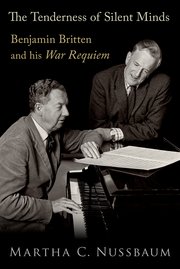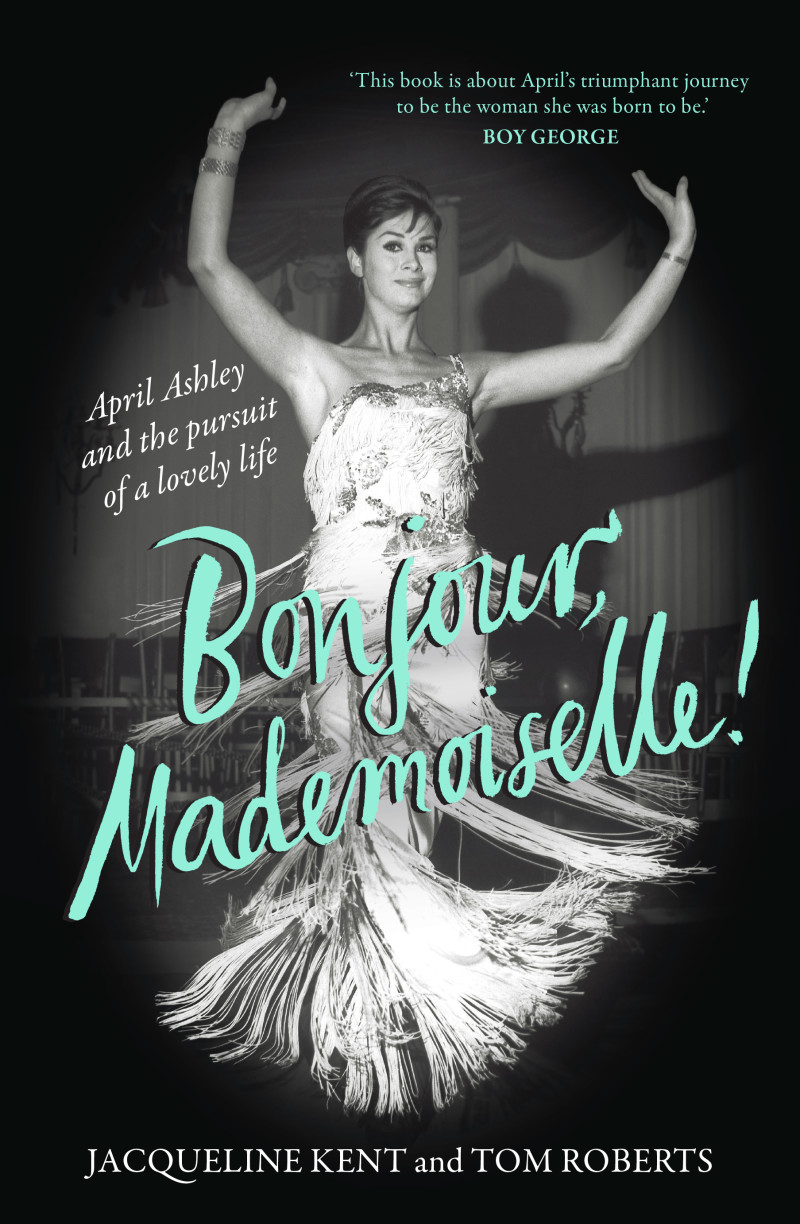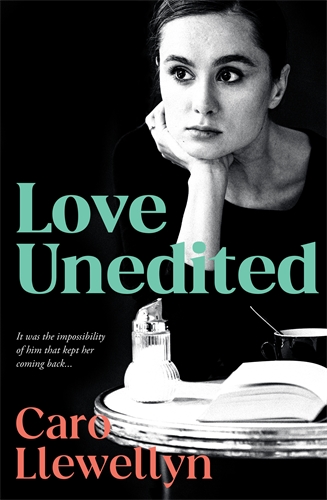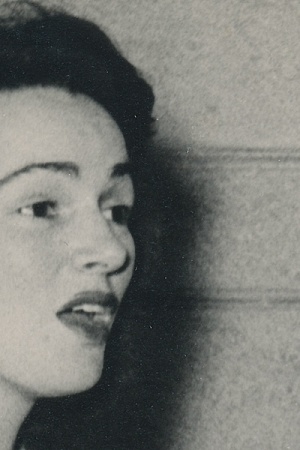The Requiem

When Alessandro Manzoni died on 22 May 1873, it was an event of major significance in Italy. The poet, novelist, and philosopher – an early proponent of Italian unification – was a hero of the Risorgimento. His novel I promessi sposi (1827), with its appeal to Italian patriotism, was (and remains) one of the most famous Italian novels.
Giuseppe Verdi revered Manzoni and mourned him deeply. ‘Now all is over,’ he lamented, ‘and with him ends the most pure, the most holy, the greatest of our glories.’ Within a fortnight, Verdi had decided to write a requiem mass for Manzoni – a vast work for orchestra and leading singers of the age, to be performed on the first anniversary of Manzoni’s death.
Verdi’s choice of a requiem mass was surprising, given his agnosticism. Not long before this, his wife, Giuseppina Strepponi (possibly smarting over Verdi’s rumoured affair with soprano Teresa Stolz, his first Aida in 1871), had written to a friend:
And yet this pirate lets himself be – I won’t say an atheist, but certainly not much of a believer, and that with an obstinacy and a calm that makes you want to thrash him. I go on talking to him about the wonders of the heavens, the earth, the seas, etc, etc. He laughs in my face and freezes me in the midst of my burst of utterly divine enthusiasm.
Within a year of Manzoni’s death, the music was written. Verdi wrote: ‘I have done nothing but write note after note, to the greater glory of God.’ He felt that with the Messa da Requiem he had become a bona fide composer – ‘no longer a clown serving the audience, beating a uge drum and shouting “Come on, Come on! Step up!”’. This from the composer of La Traviata and Don Carlo!
The work ran for an hour and three quarters – as long as Norma, Verdi noted proudly. Never to be gainsaid, Verdi demanded a chorus of one hundred and twenty and an orchestra of one hundred. He coached them himself before the Milan première at the Church of San Marco on 22 May 1874 in Milan. (Stolz was one of the principals.) A week later it moved to La Scala – with Verdi conducting. Soon it was in demand around the world. Verdi himself would conduct it many times in Paris, London, and Vienna.
Hans von Bülow – the Wagnerian conductor and devotee – was at San Marco to review the new Requiem. He dismissed it as ‘Verdi’s latest opera, in ecclesiastical dress’. Brahms, on looking at the score, quipped: ‘Bülow has made a fool of himself. This is a work of genius.’
Audiences have sided with Brahms ever since. The Requiem remains one of Verdi’s most popular works. (We will have a chance to hear it again, in a more theatrical form, during the 2023 Adelaide Festival.)
Verdi takes his text from the Roman Catholic liturgy (Brahms, a few years earlier, had based his Deutsches Requiem on the Lutheran Bible). Charles Osborne once quipped that this was the only occasion in his career when Verdi could not bully the librettist.
Most requiems are intended for religious services. Verdi’s is a work for concert performance. There are seven movements: Requiem and Kyrie; Dies Ira; Offertorio; Sanctus; Agnus Dei; Lux aeterna; Libera me.
The MSO has a long association with the Requiem. I first heard it in the 1980s with singers like Joan Carden, Nance Grant, Anson Austin, Donald Shanks, and the excellent Margreta Elkins. In 2013, Andrew Davis led a memorable performance with an international cast, including the outstanding American mezzo Jamie Barton. It’s hard, though, to think of a more stirring performance than the one we heard on Thursday. Jaime Martin brought out all the terror and menace in this mighty score, which, done well, should have us squirming in our seats at what it tells us about the human condition.
The performance began eerily, almost indiscernibly – a hard thing to pull off in such a capacious hall. The Requiem opens with a famously quiet passage: the muted cellos are followed by a glorious phrase from the violins and then we meet our four principals successively in the ‘Kyrie eleison’, before an ensemble of great beauty.
This set the scene for an unusually intimate, conversational performance, one undisrupted by the mighty rhetorical forces that Verdi throws at it in ‘Dies Irae’, so reminiscent in places of the Triumphal March in Aida from just three years earlier. The Sanctus, too, was thrilling, with trumpets placed around Hamer Hall – all impressively co-ordinated.
At the end of Jaime Martin’s first year as chief conductor, the orchestra seems to be in fine fettle, auguring well for the 2023 season, which will include the War Requiem of Benjamin Britten, to be conducted by Martin in April.
A truly regal Requiem depends on marked unison between the four principals, all of whom have testing music. Here the results were somewhat mixed.
 Jonathan Lemalu (Melbourne Symphony Orchestra)
Jonathan Lemalu (Melbourne Symphony Orchestra)
New-Zealander Jonathan Lemalu was the bass. He sang feelingly in ‘Mors stupebit’, but his second solo in ‘Dies Irae’ – Confutatis maledictis’, one of Verdi’s finest passages for the bass voice – revealed a lack of volume and security. ‘Confutatis’, sung by a Nicolai Ghiaurov, say, should shake us to the core, but this was not the case here.
Australian-Chinese tenor Kang Wang has sung Alfredo for Opera Australia, and will return as Rodolfo later this year. He recently appeared as Don Ottavio and will soon add Ferrando to his repertoire, in Washington. His singing in the Requiem was a revelation. ‘Ingemisco’ was utterly assured, culminating in a clarion sustained B flat. Wang was charismatically good in the ‘Hostias’ in ‘Offertorio’, with an elegant, sustained trill that few tenors would risk. What an elegant young tenor Wang is; let’s hope we hear him soon in a Mozart opera.
Catherine Carby (who will shortly sing Charpentier’s Médée for Pinchgut, in Sydney) is reliably good, and here she sang with gravitas and restraint. She was at her best in ‘Liber scriptus’ and the wonderful andante that opens ‘Agnus Dei’, when the mezzo and soprano sing in unaccompanied octaves.
 Catherine Carby (Melbourne Symphony Orchestra)
Catherine Carby (Melbourne Symphony Orchestra)
It took a while to get the measure of Latvian soprano Maija Kovalevska’s soprano; perhaps it took her a while to get the measure of Hamer Hall. Her rich vibrato was pronounced in the opening movements. Then, from ‘Agnus Dei’ on, it was as if something had shifted. Kovalevska’s rapport with Carby was evident; this was alert, fearless bel canto singing. Verdi, mercifully, rests the soprano in the sixth movement, then she pierce in the phenomenally demanding ‘Libera me’, which opens with her agitated passage ‘Tremens factus’. Time and again, Kovaleska – clearly inspired by now – rose above the orchestra, ending the performance with suitable unrestraint and heft, before the final, awed prayer from soprano and chorus.
The MSO Chorus (under Warren Trevelyan-Jones) and Trinity College Choir (under Christopher Watson) – numbering more than 120 choristers – combined superbly and sang with expression and gusto, clearly responding to the Spanish conductor.
Charles Osborne, as so often, should have the last word on the subject of Verdi:
If parts of Verdi’s Requiem sound theatrical, so, and enjoyably so, does much of the church music of the presumably devout Mozart. Verdi brought his dramatist’s art to the Requiem. He had many times in his operas written death scenes … in the Requiem, he was free to reveal something of his own attitude to death; and predictably, gentle resignation and joyful anticipation of an after-life were no part of his thoughts. Verdi’s Requiem is a Mass not for the dead but for the living. The intensity and the compassion of his tragic view of the human condition are Shakespearian in nature: the prodigality of his technique deserves, as I have said elsewhere, to be called Mozartian.
The Messa da Requiem was performed at Hamer Hall, Arts Centre Melbourne on 27 October 2022, and was repeated the following night at Monash University. Performance attended: 27 October.















Leave a comment
If you are an ABR subscriber, you will need to sign in to post a comment.
If you have forgotten your sign in details, or if you receive an error message when trying to submit your comment, please email your comment (and the name of the article to which it relates) to ABR Comments. We will review your comment and, subject to approval, we will post it under your name.
Please note that all comments must be approved by ABR and comply with our Terms & Conditions.